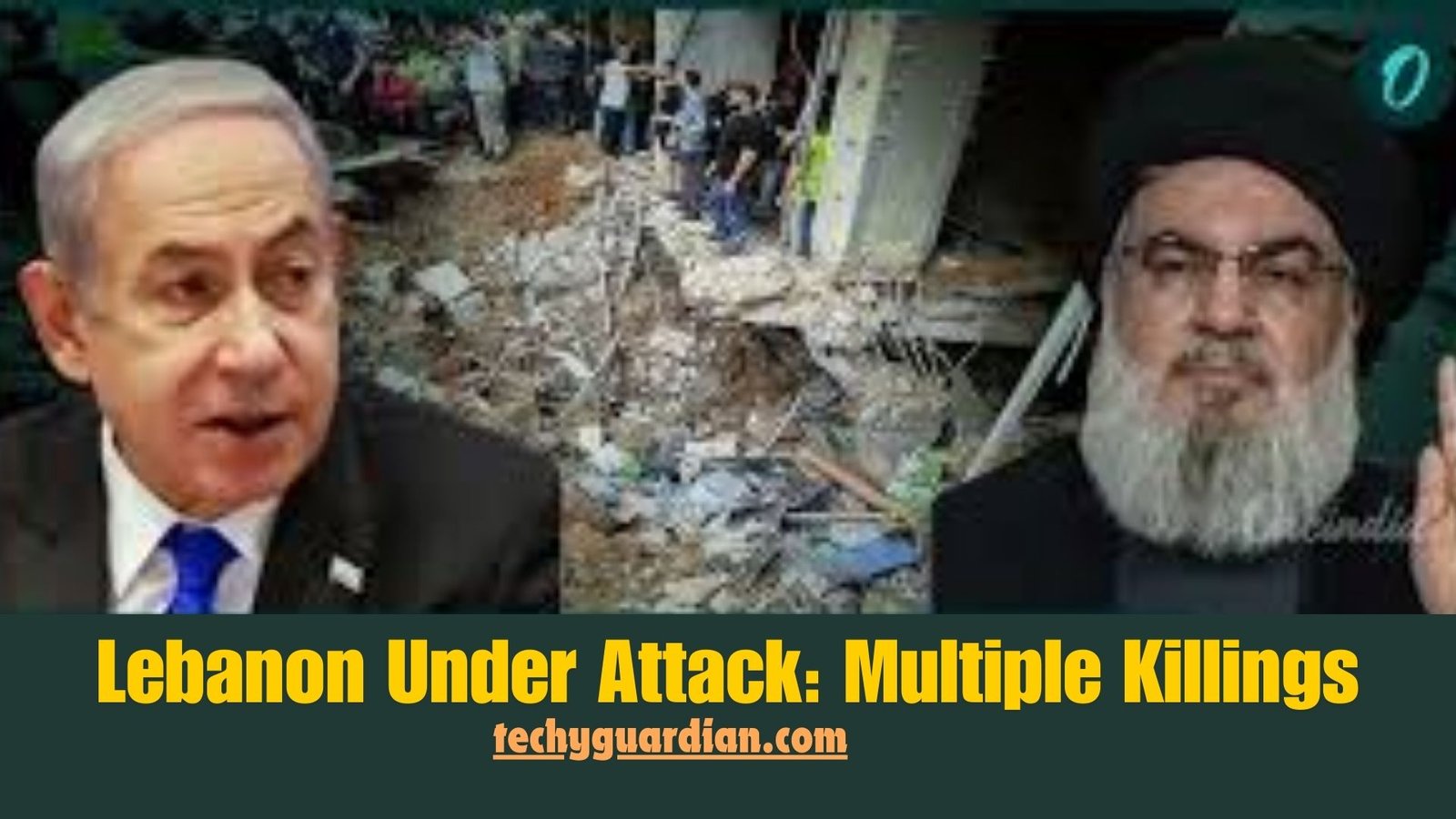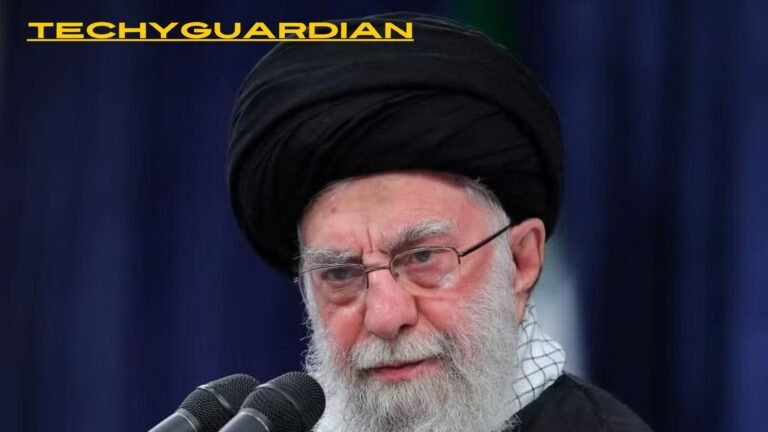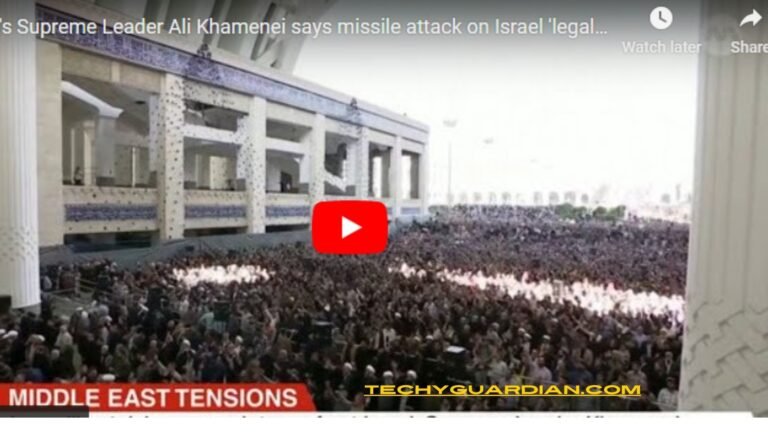
Escalation of Violence: A New Chapter in the Israel-Lebanon Conflict
The Israel-Hezbollah conflict has once again escalated, sending shockwaves throughout the region. The most recent surge in violence has left multiple dead and wounded, as tensions boil over between the two longstanding adversaries. The Lebanese border has become the site of fierce confrontations, with Israeli warplanes launching relentless strikes aimed at Hezbollah strongholds.
This marks a sharp escalation in hostilities, as Hezbollah, a powerful militia group with deep political ties in Lebanon, has intensified its response. The cycle of retaliatory attacks threatens to plunge the region into an even deeper crisis, with civilians bearing the brunt of the violence. Reports of casualties continue to rise, as both sides engage in an all-out confrontation.
A History of Conflict: Israel and Hezbollah’s Tumultuous Relations
The Israel-Hezbollah conflict is steeped in decades of enmity, shaped by geopolitical, religious, and ideological factors. Hezbollah, formed in 1985 during the Lebanese Civil War, emerged as a key resistance movement against Israeli occupation of southern Lebanon. Since then, it has grown into a formidable paramilitary and political force, wielding significant influence in the country’s political landscape.
Tensions have flared up at various points, but the conflict reached a turning point during the 2006 Lebanon War, a month-long war that saw devastating airstrikes on Lebanon and rocket attacks on Israel. The recent surge in violence mirrors past clashes, with both sides exchanging artillery fire and launching airstrikes.
The Current Crisis: Israeli Airstrikes Intensify
In response to recent Hezbollah provocations, Israeli warplanes have intensified their bombing campaign, focusing on key military infrastructure in southern Lebanon. The Israeli Defense Forces (IDF) stated that their actions are aimed at neutralizing Hezbollah’s missile capabilities and preventing further aggression.
Reports indicate that several high-profile Hezbollah commanders were targeted, resulting in multiple deaths. The death toll is expected to rise as airstrikes continue to pound Hezbollah-controlled areas. The situation is particularly dire for civilians caught in the crossfire, with reports of significant displacement as people flee to safer areas.
Hezbollah’s Retaliation: Rocket Attacks on Israeli Cities
In a swift response, Hezbollah launched a barrage of rockets into northern Israel, targeting both military and civilian areas. The group’s missile capabilities, which have grown significantly over the years, now pose a severe threat to Israel’s security. The cities of Haifa, Kiryat Shmona, and Nahariya have all come under fire, causing widespread damage and injuries.
The Israeli Iron Dome missile defense system has been actively intercepting incoming rockets, but the situation remains highly volatile. Both sides are locked in a tit-for-tat exchange, with no signs of de-escalation in sight.
International Reactions: Calls for Restraint and Diplomacy
The international community has been swift in its condemnation of the escalating violence. The United Nations and major global powers have called for immediate de-escalation and a return to diplomacy. However, the UN Security Council remains divided on the issue, with some members advocating for a more forceful intervention, while others stress the importance of restraint.
Lebanon’s government has urged the international community to hold Israel accountable for what it sees as disproportionate use of force, while Israel maintains that its military actions are defensive, aimed at protecting its citizens from Hezbollah’s aggression.
Humanitarian Concerns: Civilians Trapped in the Conflict Zone
One of the most pressing concerns amid the rising violence is the impact on Lebanon’s civilian population. Southern Lebanon, where Hezbollah enjoys strong support, has become the primary target of Israeli airstrikes. Civilians in this region are facing devastating consequences, with homes destroyed, infrastructure decimated, and access to basic necessities severely compromised.
Humanitarian organizations have raised alarms about the deteriorating conditions, urging immediate access to provide medical supplies, food, and shelter to those in need. As Lebanon continues to struggle with an economic crisis, the conflict has only exacerbated the suffering of the Lebanese people.
The Strategic Importance of Hezbollah’s Military Capabilities
Hezbollah’s military capabilities, particularly its rocket and missile arsenals, remain a key factor in the ongoing conflict. Over the years, Hezbollah has amassed thousands of rockets, many of which are capable of reaching deep into Israeli territory. This has shifted the balance of power in the region, making Hezbollah a formidable opponent for the Israeli military.
Israeli strikes are focused on dismantling this infrastructure, as Hezbollah’s advanced missile systems pose an existential threat to Israeli cities and military installations. Hezbollah, on the other hand, frames its actions as resistance against Israeli occupation and aggression, claiming to defend Lebanese sovereignty.
Regional Implications: The Broader Middle East at Risk
The escalating conflict between Israel and Hezbollah is not just a bilateral issue; it has broader implications for the entire Middle East. Lebanon’s political landscape is deeply intertwined with regional powers, particularly Iran, which provides financial and military support to Hezbollah. Iran’s involvement has made the conflict a proxy battleground between Tehran and Tel Aviv, raising concerns that the violence could spill over into neighboring countries.
The situation is also compounded by the involvement of other regional actors, including Syria and Saudi Arabia, both of which have vested interests in the outcome of the Israel-Hezbollah conflict. The fragile political situation in Syria and the broader Gulf region makes the possibility of a wider regional war a looming threat.
Efforts for Ceasefire: Will Diplomacy Prevail?
Despite the intense fighting, there are efforts behind the scenes to broker a ceasefire. Regional powers, including Qatar and Egypt, have been mediating talks between Hezbollah and Israel in an attempt to de-escalate the situation. The success of these efforts, however, remains uncertain as both sides appear entrenched in their positions.
The Role of the United States and Western Powers
The United States, a key ally of Israel, has thrown its weight behind Israel’s right to defend itself, while also calling for restraint to avoid further civilian casualties. Western powers are walking a fine line, trying to balance support for Israel with concerns about the humanitarian impact of the conflict.
Conclusion: A Grim Outlook for Peace in Lebanon
As the conflict rages on, the prospects for lasting peace in Lebanon remain grim. The Israel-Hezbollah conflict shows no signs of abating, with both sides preparing for what could be a prolonged confrontation. The international community’s ability to mediate a peaceful resolution will be crucial in determining whether the region can step back from the brink of all-out war.
The future of Lebanon, already battered by economic collapse and political dysfunction, hangs in the balance. The people of Lebanon, caught in the middle of this destructive cycle, continue to suffer the most, with no clear end to the violence in sight.






3 thoughts on “Lebanon Under Attack: Multiple Killings, Death Toll Rises as Israeli Warplanes Target Hezbollah”